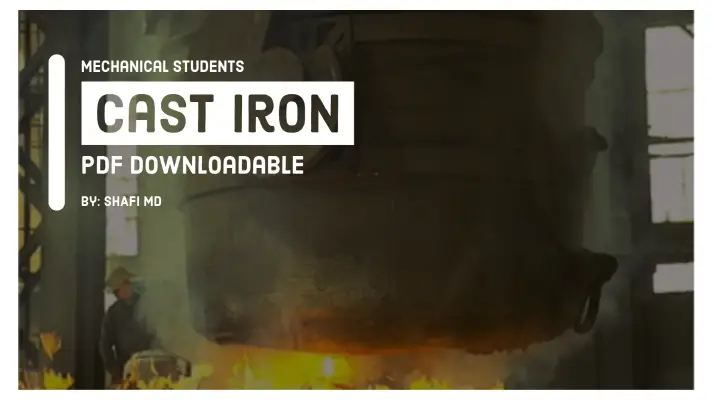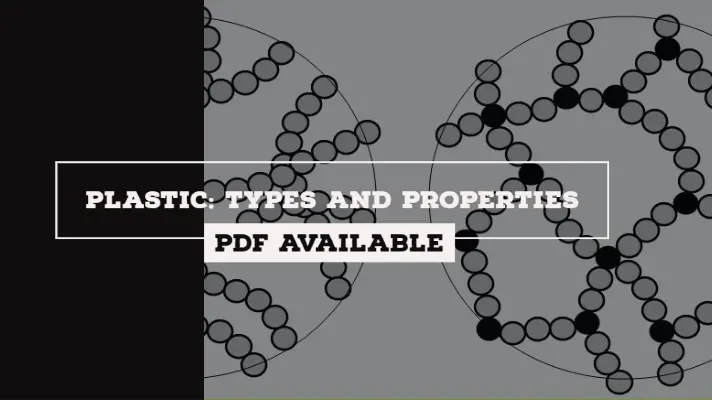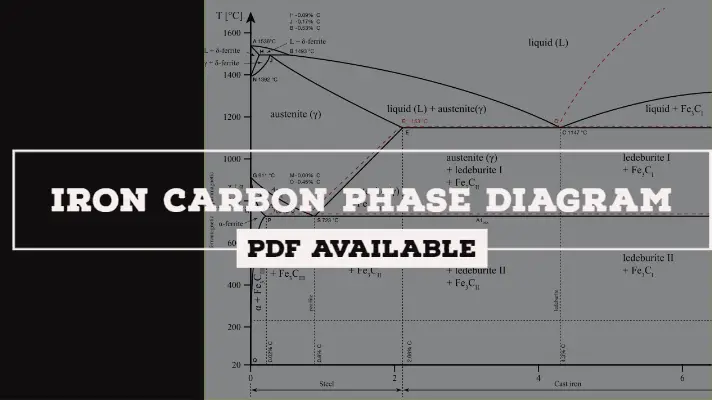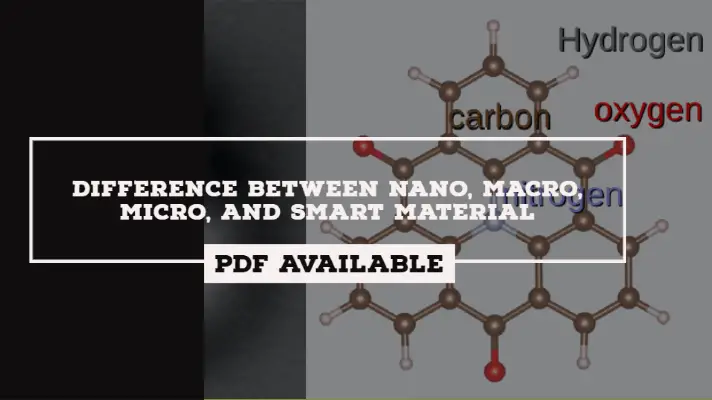Properties of Ceramics: Mechanical, Physical, Electrical & Chemical Properties [With PDF]

Hello Readers, today in this paper we will be going to learn about Ceramics and their properties like Mechanical, Electrical, Physical and chemical. So let's get started.
Introduction of Ceramic:
Most ceramics have a crystalline structure and exist in a wide variety of compositions and forms. The bonding between the atoms is primarily ionic and covalent to some extent.
Examples of Natural Ceramics are silica, silicates, and clay minerals whereas the examples of Manufactured Ceramics are silicon carbide, silicon nitride, cement, etc.
Definition of Ceramic:
Ceramics are inorganic non-metallic materials that are a combination of one or more metals and some non-metals like oxygen, carbon, or nitrogen.
Properties of Ceramics:
The Properties of Ceramics which plays a crucial role in the field of mechanical engineering are as follows:
Bond:
The ceramics possess both Ionic and Covalent bonds.
Strength:
The strength of the metal is greater than the strength of Ceramics and that is greater than the strength of Polymer.
Distance between atoms:
The distance between the atoms of metal is less than the Ceramics and is less than the Polymers.
Brittleness:
The ceramics are brittle in nature.
Conductivity:
The ceramics possess bad electrical conductivity because of the absence of free electrons.
Thermal Conductivity:
The Ceramics possess bad thermal conductivity but they can sustain at high temperatures easily.
Density:
The Density of Metal is greater than the Density of Ceramics and that is greater than the Density of Polymers.
Corrosiveness:
The Ceramics are Anti-Corrosive to the environment because they are already in corrosive form.
Servicing Temperature:
The servicing temperature of the metal is 3000̊ C.
Hazardous:
It is not hazardous to the environment.
Recyclability:
The ceramics are non-recyclable in nature.
Now, let's see the Mechanical, Physical, Chemical, and Electrical Properties of Ceramics in a detailed way.

By Chelsea Porcelain Manufactory, Ceramics-Porcelain
Mechanical Properties of Ceramics:
The Mechanical Properties of Ceramics are as follows.
- They have poor impact strength.
- Ceramics usually have high compressive strength.
- They are extremely stiff and rigid showing very little or no yielding.
- They have micro-cracks of various sizes present in them causing local stress concentrations and brittle fracture.
- Ceramic products are hard, strong in compression having a high softening temperature.
- Poor thermal shock resistance and are brittle.
Physical Properties of Ceramics:
The Physical Properties of Ceramics are as follows.
- Ceramics have the highest melting point but their coefficient of thermal expansion is much less as compared to metals.
- The thermal conductivity of ceramics lies between metals and polymers.
Electrical Properties of Ceramics:
The Electrical Properties of Ceramics are as follows.
- Ceramics are usually electrical insulators although some exhibit semiconducting and conducting behavior also.
- some ceramics especially quartz exhibit piezo-electrical behavior under which a mechanical loading generates potential difference across its surfaces.
- Ceramics also widely used in the production of lasers.
Chemical Properties of Ceramics:
The Chemical Properties of Ceramics are as follows.
Ceramics are mostly resistant to chemical attack by gases, liquids, and even high temperature melts.
This is the detailed explanation of Ceramics in various modules. Now let's see the Applications of Ceramics.
Applications of Ceramics:
Ceramics are used for the applications of
- Structural tiles
- Drainage pipes
- Sanitary
- Pottery and
- art ware.
Applications of Ceramics in Electric and Magnetic fields:
- Several ceramic materials find applications as electrical conductors, semiconductors, and insulators.
- They are used for magnetic material also.
- Silicon carbide is used as a resistor and heating element for electric furnaces.
- Some oxides such as aluminum oxide etc. are used as semiconductors.
- Several ceramics find their applications as dielectrics, piezoelectric and ferroelectric materials as well as capacitors and transducers.
- Aluminum oxide and clay-based ceramics are used as high voltage insulators.
- There are several ceramics used as ferrimagnetic materials and they are termed as ferrites.
As of the above explanation, we had seen detailed information on the Properties of Ceramics. If you have any doubts, you can ask us and we will reply to you as soon as possible.
More Resources:
Mechanical Properties of Metals
Properties of Plastics
References [External Links]:
- Applications of Ceramics - PDF
- Processing of Ceramics







